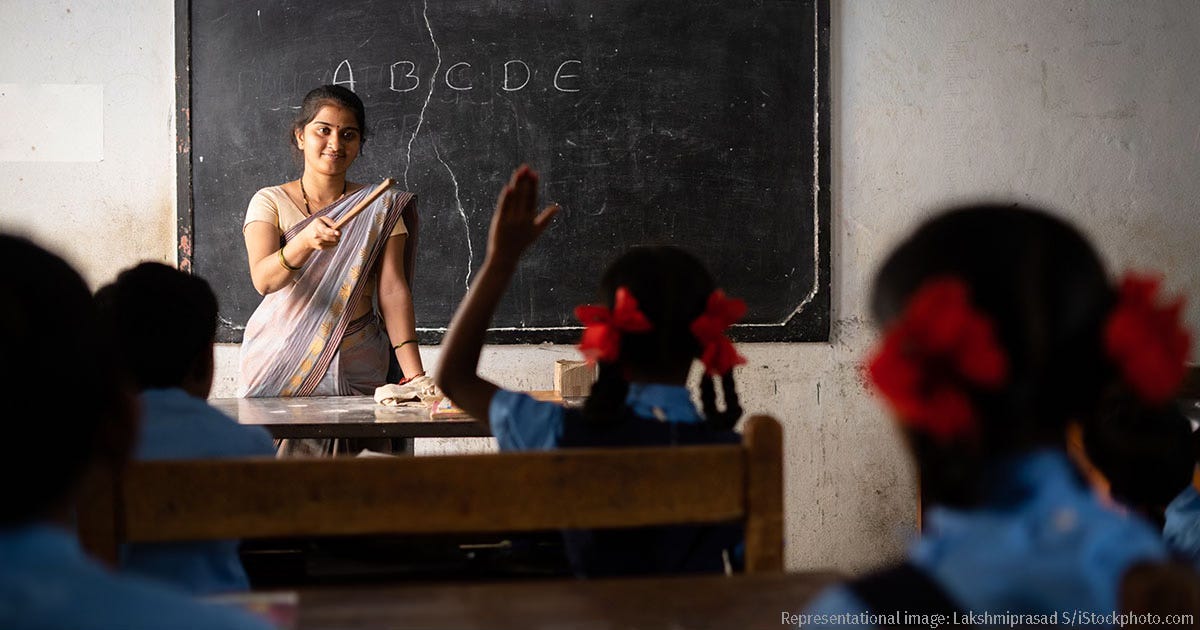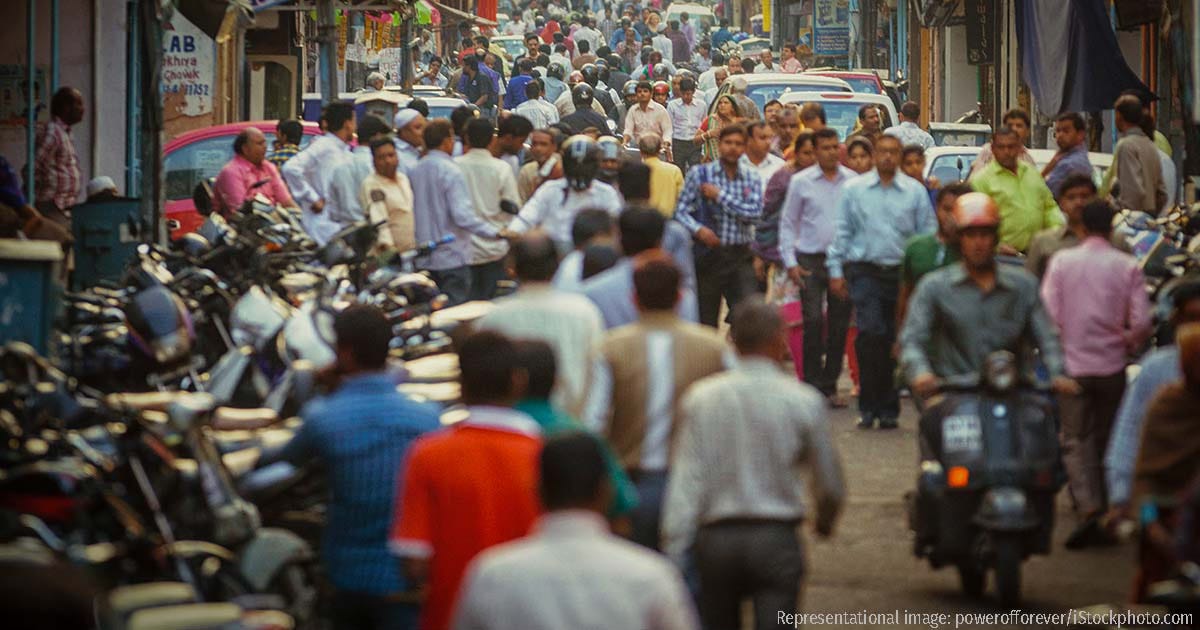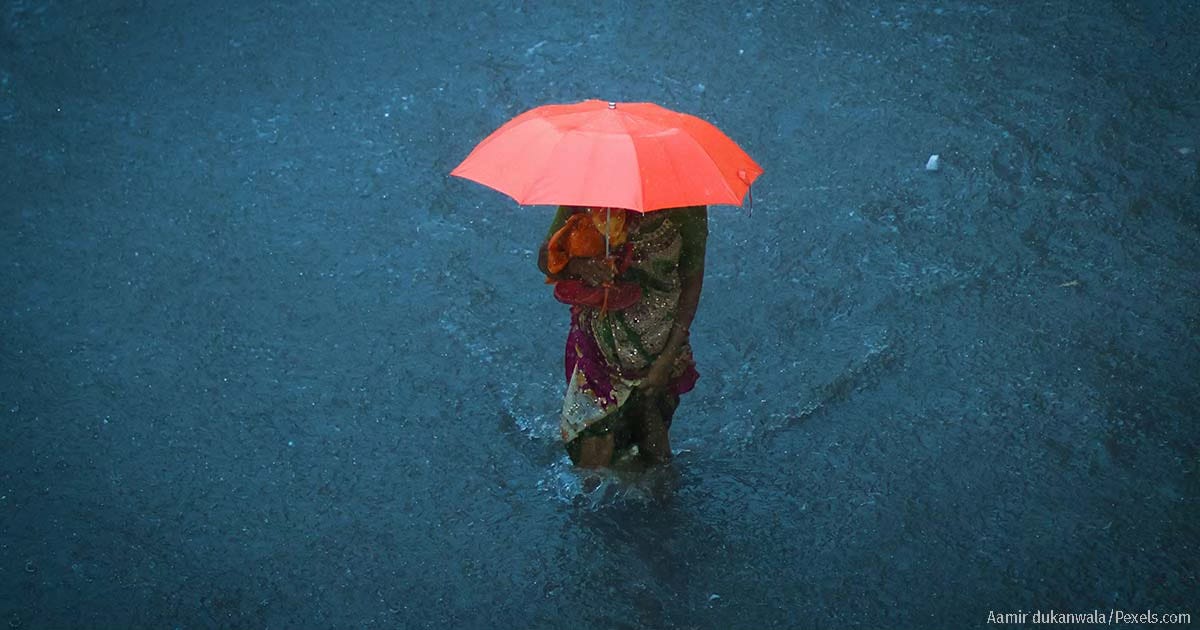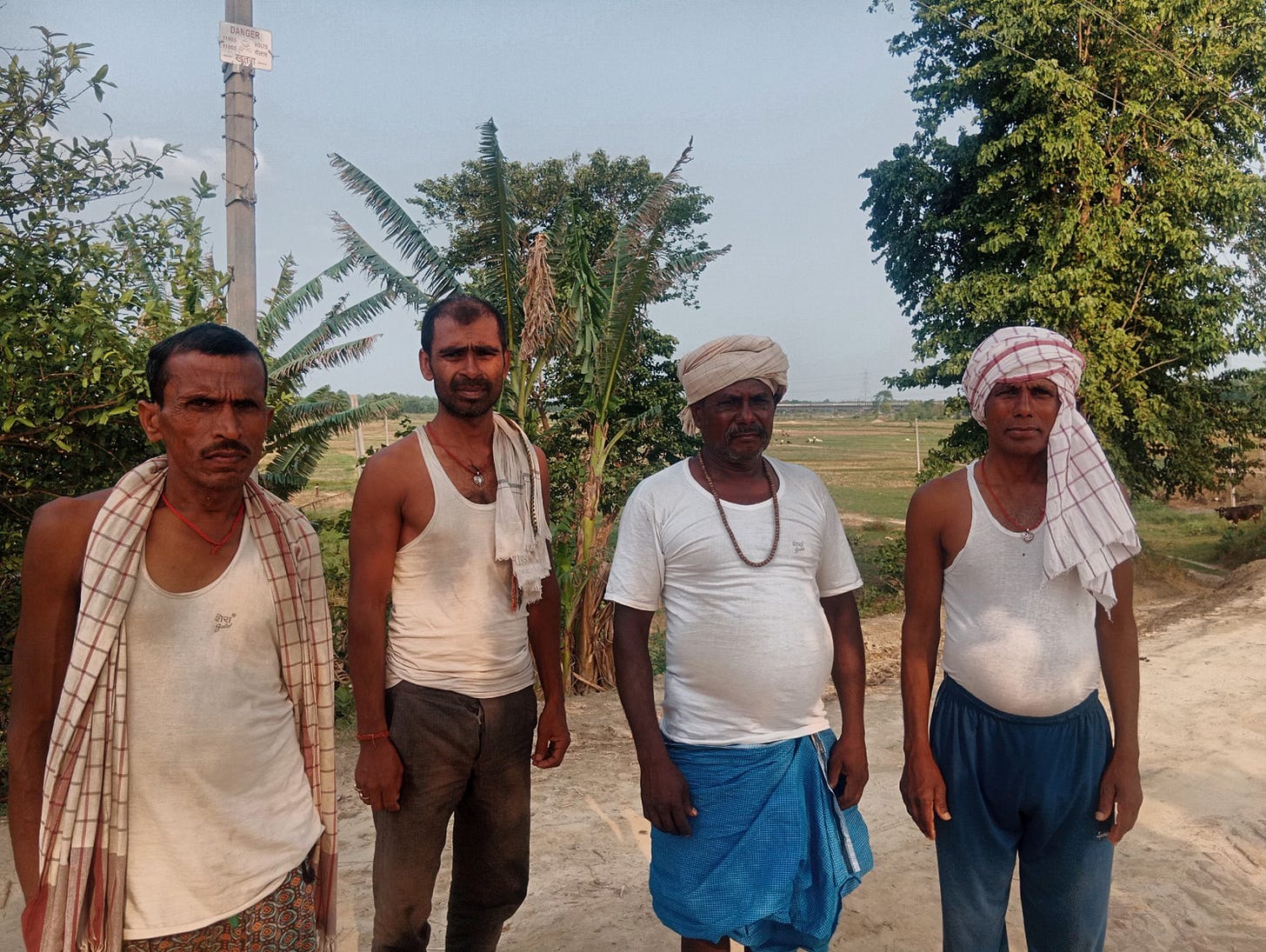India Needs To Train Its Teachers Better
Also this week, the long and short of India's unequal districts, the wide variations in this 'normal' monsoon, and how climate is worsening Bihar's troubles
DATA sets are interesting both for what they reveal, and what they conceal.
Two recent studies underline the significant challenges faced by India's education system and its administrative structure.
On the one hand, the country's teacher training landscape is in need of urgent reform, with a disconnect between training and classroom realities, outdated syllabi, and quality concerns in training institutions. On the other hand, India's districts show wide inequalities in population, area and density, highlighting arbitrary district formation processes.
These issues are interrelated, and cumulatively have far-reaching implications. The disparities among districts affect the implementation of educational and developmental programmes, while inadequate teacher training exacerbates educational inequalities across diverse district contexts.
Both problems stem from a lack of clear guidelines and standards—in teacher education and district formation—leading to inefficiencies and inconsistencies in governance and service delivery.
Addressing these challenges requires a comprehensive approach that aligns educational reforms with administrative restructuring to ensure more equitable and effective governance across India's diverse landscape.
Do we teach our teachers?
We measure our educational system based on the number of schools, the number of students per school, the ration of teachers to students, the drop-out rate, etc. What is missing is the qualitative measures of efficacy.
Due to this lacuna, there is a growing disconnect between the training imparted to teachers, and the classroom realities—for instance, many schools lack basic resources such as internet connections, smart TVs etc; there is a high degree of multi-grade teaching, which the teachers are not adequately trained for; there is little or no emphasis on how to teach disadvantaged students.
And that is just the beginning. There is the problem of outdated and unclear syllabus, with the graduate and postgraduate curricula often indistinguishable from one another; there is equally a palpable lack of focus on creativity, storytelling, and student engagement. To make matters worse, only 24.9% of surveyed teacher training institutes are government-run; there has been a proliferation of private colleges offering substandard training. And then there is this: Already over-burdened teachers are often assigned non-teaching tasks, as for example being made to work as booth-level officers during elections.
Nushaiba Iqbal’s deep dive explores the state of teacher training today—a topic that assumes urgency given that the country is poised to implement the Integrated Teacher Training Programme beginning with the 2025 academic year. Question is, does the new policy appreciate, and attempt to remedy, the fundamental defects of the existing programme? Read Nushaiba’s piece for more.
Our districts are uneven, and that is a problem
India's districts exhibit striking inequalities in area, population and density, revealing a haphazard approach to administrative division.
The largest district, Kachchh, is over 5,000 times the size of the smallest, Mahe, while population densities range from 36,161 people per sq km in North East Delhi to less than 1 per sq km in the Dibang Valley. These disparities, quantified using Gini indices, are most pronounced in population density (0.678) and least in area (0.414).
The data show that urbanised and geographically diverse states tend to show higher inequality, particularly in density and area. The number of districts has more than doubled since 1961, often without clear criteria or public consultation.
This arbitrary district formation has significant implications: It affects the equitable implementation of development programmes, creates administrative inefficiencies, and potentially exacerbates regional disparities in service delivery and governance.
Shivkumar Jolad and Mehr Kalra dig deep into the data, and argue that the lack of standardised guidelines for district creation suggests a need for a more systematic approach to territorial administration—one that balances population, geography, and socio-economic factors—to ensure more effective and equitable governance across India's diverse landscape.
Wither our weather?
I’m writing this from Chennai. The temperature read out says 32 degrees Celsius, but what do machines know? I’d swear on a stack of holy books that it is at least 10 degrees hotter.
By rights, we should be getting pre-monsoon showers at this time, prepping the landscape for the advent of the north-east monsoon in a week or so. What we are getting, instead, is the kind of heat and humidity that makes the place feel like a training camp for going to hell.
Meanwhile in Mumbai, Pune and other parts of Maharashtra, it rained so heavily on Thursday that commuters were stranded, and Prime Minister Narendra Modi was forced to cancel a planned trip to Pune.
Climate is changing, and the old ways of measuring heat, rainfall etc. are becoming increasingly irrelevant. For instance, data say that India had surplus rainfall this year. That measure is deceptive, because it only measures the overall quantum of rain, but not its distribution.
To take one example, the first month of the southwest monsoon dumped massive quantities of rain in parts of the country including Delhi, but 49% of the districts across the country had double-digit deficit including Kerala, which is where the monsoon makes landfall.
Tanvi Deshpande digs into weather data for the year and finds that a large share of the season’s rainfall falls in a span of days or weeks; that regions of the country that normally do not see very heavy rainfall are now seeing excess while states like Bihar, Punjab, parts of Northeast India, and Jammu and Kashmir have seen significant deficit. As we wait for the northeast monsoon to make landfall, Tanvi examines the uneven distribution of the southwest monsoon season and the consequences.
Bihar is in economic doldrums
Sometime in the 1980s, the demographer Ashish Bose formulated the acronym ‘Bimaru’ to denote the states of Bihar, Madhya Pradesh, Rajasthan and Uttar Pradesh, then identified as economically ailing parts of India. (Since then, Chhattisgarh, Jharkhand and Uttarakhand have been hived off into smaller states from Madhya Pradesh, Bihar, and Uttar Pradesh respectively.)
Today, while the other three ‘Bimaru’ states have shown improvement, Bihar has continued its downward spiral. For IndiaSpend Hindi, Rahul Singh finds that the per capita income of the average Bihari is 77% less than the national average—the biggest recorded gap in the history of the state.
It is a perfect storm. Bihar—where an estimated 80% of the people are engaged in the agriculture sector which contributes 17% to the state’s GDP—suffers from both floods and droughts, with a deleterious impact on the agriculture sector.
Rahul Singh explores the many dimensions of Bihar’s downward spiral into an economic paralysis.







What happened to all those skilling India bombast?